New Initiative Aims to Provide Vision Impaired Patients Access to Print News
/The Connecticut Radio Information System (CRIS) continues to innovate and expand in Connecticut. Connecticut’s only radio-reading service, which provides audio access to news and information for people who are blind or unable to read due to a print disability or medical condition, has announced a ground-breaking new service in partnership with Hartford’s Saint Francis Hospital and Medical Center that will bring patients audio of the latest news, in English and Spanish.
Saint Francis will be the first acute care hospital in the nation to provide an alternative to printed Spanish-language magazines and newspapers through an in-house system streamed to each patient TV with audio recordings for patients unable to read or turn pages of a magazine due to their medical condition or treatment.
It will also be the first acute care hospital in Connecticut to offer an alternative to more than 50 English-language magazines and newspapers streamed to each patient room.
Patients will be able to listen to human-narrated audio versions of newspaper and magazine articles featuring human narration – in both English and Spanish – through the hospital’s in-house television system.
CRIS is a 39-year-old nonprofit providing audio access to news and information for people who are blind or unable to read due to a print disability or medical condition / treatment, including those with physical, learning, intellectual or emotional disabilities.
“The Connecticut Hospital Association applauds Saint Francis Hospital and CRIS Radio for its innovative collaboration, serving as another example of hospitals partnering with key service providers to enhance patient satisfaction and improve the quality of a patient’s experience while being treated at the hospital,” said Carl Schiessl, director of regulatory advocacy for the Connecticut Hospital Association.

CRIS operates with 300 volunteers at its main broadcast center in Windsor and satellite studios located in Danbury, Norwich, Trumbull and West Haven. CRIS radio recently announced it will open its fifth regional studio in Norwalk next month, to be located inside the gatehouse at the Lockwood-Mathew’s Mansion Museum. CRIS will share the gatehouse with the Fairfield County Cultural Alliance, which has been in that location for nearly four years.
“Saint Francis Hospital and Medical Center is extremely grateful for the generosity of those who made this service possible for our patients,” said Dr. John F. Rodis, president of Saint Francis Hospital. “At Saint Francis we believe in caring for our patients in ways that help them on their journey to wellness. Whether it’s through surgical innovations or enhancements to their healing environment like the CRIS service, we are committed to providing the best patient experience possible.
Saint Francis Hospital and Medical Center has been an anchor institution in north central Connecticut  since 1897. In 2015, Saint Francis became part of Trinity Health of New England, an integrated health care delivery system that is a member of Trinity Health, Livonia, MI, one of the largest multi-institutional Catholic health care delivery systems in the nation.
since 1897. In 2015, Saint Francis became part of Trinity Health of New England, an integrated health care delivery system that is a member of Trinity Health, Livonia, MI, one of the largest multi-institutional Catholic health care delivery systems in the nation.
“Streaming audio versions of newspapers and magazines to each patient room at Saint Francis Hospital is an important milestone for CRIS Radio,” said Paul A. Young, chairman of the CRIS Radio Board of Directors. “It enables our nonprofit to expand access to print information for people unable to read due to their medical treatment or other print disabilities.”
Young also said he is very thankful for the generous funding that brought this project to life. Key funders of CRIS Radio’s hospital streaming project include the John G. Martin Foundation and Maximilian E. & Marion O. Hoffman Foundation. The Hartford Foundation for Public Giving supports the nonprofit radio station’s Spanish-language programming, CRIS en Español.
In addition to broadcasting newspaper and magazine articles, CRIS also records classroom materials for teachers, and the CRISKids Audio Library offers more than 800 classroom titles, including 17 children’s magazines, also recorded by CRIS volunteers. CRIS also streams audio versions of children’s magazines to patient rooms at Connecticut Children’s Medical Center.
Other CRIS programs include CRIS en Español and CRISAccess, featuring Spanish-language newspapers and magazines and audible tours for museums, respectively. An initiative with the Mystic Aquarium, providing audio information about museum exhibits, was launched two years ago. Earlier this year, CRIS Radio's Voice's of World War I project was announced, coinciding with the 100th anniversary of the U.S. entry into the war.
CRIS Radio broadcasts can be heard with a special CRIS radio distributed free of charge, toll-free through the CRIS Telephone Reader, online streaming live or on-demand at the CRIS Radio website, www.crisradio.org, or with a free mobile app on any mobile device, including tablets or smartphones.




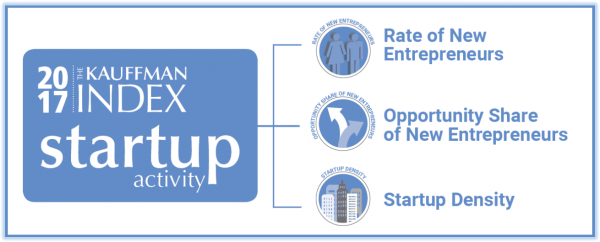
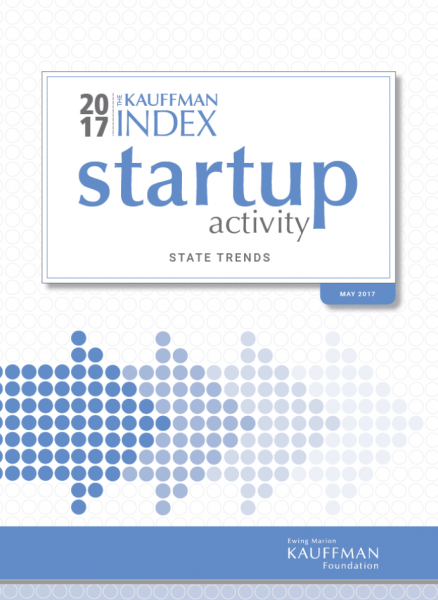
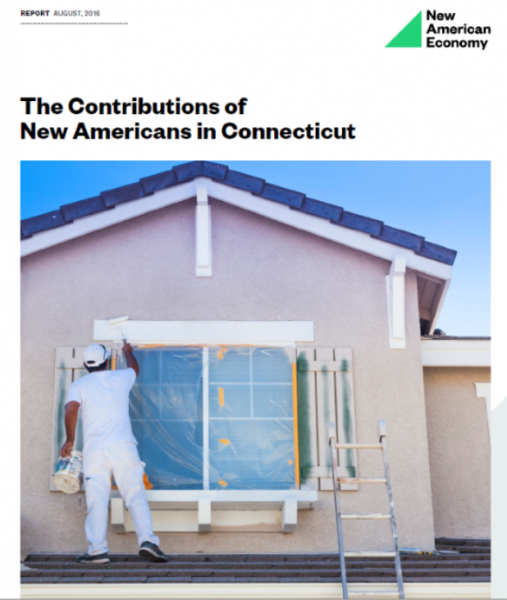
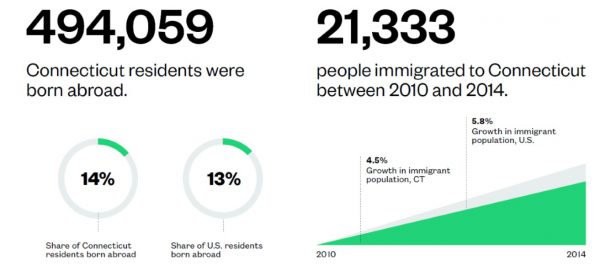

 Sponsor), Eversource (Gold Sponsor), AT&T (Gold Sponsor), Accounting Resources, Inc. (Silver Sponsor), Qualidigm (Silver Sponsor), CT by the Numbers (Silver Sponsor), and Aeton Law Partners (Silver Sponsor). The David Alan Hospitality Group and Capture provided in-kind services.
Sponsor), Eversource (Gold Sponsor), AT&T (Gold Sponsor), Accounting Resources, Inc. (Silver Sponsor), Qualidigm (Silver Sponsor), CT by the Numbers (Silver Sponsor), and Aeton Law Partners (Silver Sponsor). The David Alan Hospitality Group and Capture provided in-kind services.

 ess to the issue of childhood drownings. Steven Hernández,, Executive Director of the Commission on Women,
ess to the issue of childhood drownings. Steven Hernández,, Executive Director of the Commission on Women, 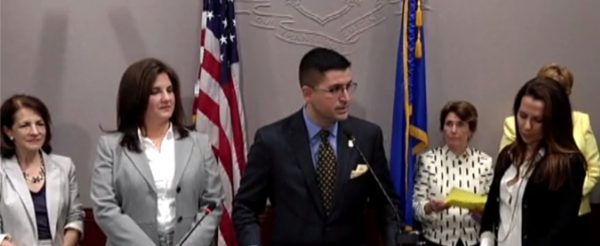 The statistics about children’s drowning deaths have not changed over time, implying that current strategies for prevention are not enough, officials said. Increasing children’s access to swim lessons, encouraging schools to teach water safety skills to students and giving parents easy-to-use and engaging tools to talk to their children about how to be safe around water are just a few actions that can have a big effect in reducing drowning rates, officials stressed.
The statistics about children’s drowning deaths have not changed over time, implying that current strategies for prevention are not enough, officials said. Increasing children’s access to swim lessons, encouraging schools to teach water safety skills to students and giving parents easy-to-use and engaging tools to talk to their children about how to be safe around water are just a few actions that can have a big effect in reducing drowning rates, officials stressed.
 uracy of Fake News," appears on SSSN, a site "devoted to the rapid worldwide dissemination of research."
uracy of Fake News," appears on SSSN, a site "devoted to the rapid worldwide dissemination of research."
 and Minnesota. Connecticut exceeded the national average in all three components – Jobs and Local Economy, Education, and Community Health and Civic Life.
and Minnesota. Connecticut exceeded the national average in all three components – Jobs and Local Economy, Education, and Community Health and Civic Life.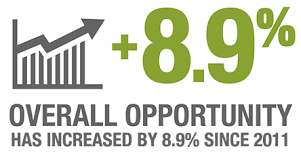
 Prevention and the U.S. Department of Justice.
Prevention and the U.S. Department of Justice.

 Nearly two-thirds of those surveyed in Connecticut (64%) called for “using technology to enhance the way students learn in the classroom” – the highest percentage among the six New England states. A majority called for “more significant efforts to close achievement gaps” (59%), more effective teachers (62%) and changes to the ways schools are funded (57%). The state legislature in Connecticut is currently considering changes in the school funding formula proposed by Gov. Malloy in the wake of a state court decision.
Nearly two-thirds of those surveyed in Connecticut (64%) called for “using technology to enhance the way students learn in the classroom” – the highest percentage among the six New England states. A majority called for “more significant efforts to close achievement gaps” (59%), more effective teachers (62%) and changes to the ways schools are funded (57%). The state legislature in Connecticut is currently considering changes in the school funding formula proposed by Gov. Malloy in the wake of a state court decision.



























